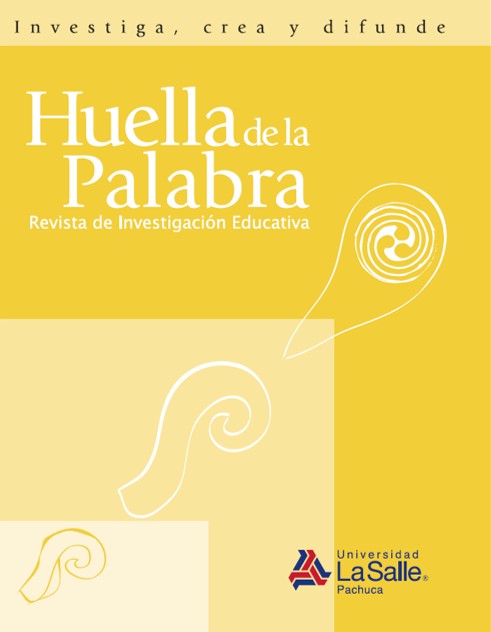Literacy and/or Critical Thinking in University Students
DOI:
https://doi.org/10.37646/huella.vi8.487Keywords:
Literacy , Critical thinkingAbstract
In order to discover how our students at La Salle Benavente University begin critical thinking when addressing study topics, we start with a first moment of approach to learn about the way in which they carry out said process based on the script presented below; which can be applied in the subjects that we teach in the various bachelor's and postgraduate degrees in education. Let us remember that we will not necessarily work with printed readings, but we can start from practical activities, slide presentations, student presentations, or some other form of work that leads to understanding on the part of the students. We can also resort to the support of one of them in order to systematize all the information generated in the classroom. The activity in working with learning content begins when the teacher makes a presentation of the topic to be discussed, then asks a series of pre-questions (literal questions) to probe what the students know about said topic, or asks them to define, mention and list some aspects of it. This first stage will allow the teacher to review and update the students' prior knowledge. Later he will give instructions for the next moment in class. If it is a reading, indicate how it will be done (individually or as a team). If it is another form of work, it will indicate the strategy to follow. Next, the teacher or student reporter proceeds to write down the activities carried out by the rest of the group, for example: if it is a slide presentation, if the students ask questions about what is being discussed, if they make analogies, give their point of view, they generate conclusions regarding the information addressed, etc. On the other hand, when trying to read a text: if they carry out a preliminary reading, a second fragmented reading, linear and structural underlining, or ask questions in the margin. At the end of the previous activity, the teacher can pose questions that lead to the analysis, interpretation, argumentation and reflection of the topic addressed. The diversity of ideas that arise in the group can be used for this and the teacher can provide feedback on them.
Downloads
References
Argudín Y. (2001) Libro del profesor: desarrollo del pensamiento crítico. México, Plaza y Valdes.
Instituto Tecnológico de Monterrey, (2008) Los escabrosos caminos de la literacidad. Material de apoyo Diplomado en Comprensión lectora.
Material de apoyo al Programa de Orientación Educativa (Técnicas de Estudio), DGB/DCA/00/07
Programa de Orientación Educativa, (2007). Guía para el alumno sobre técnicas de estudio. DGB
Sternberg, R. (1999) Estilos de pensamiento. Barcelona, Edit. Paidós.
Stone, M. (2002) La enseñanza para la comprensión vinculación entre la investigación y práctica. Buenos Aires, Paidós.
Recuperación de la información, material de apoyo Diplomado en Comprensión lectora, Instituto Tecnológico de Monterrey, (2008).
http://www.educainformatica.com.ar/docentes/tuarticulo/educacion/ausubel/index.html Recuperado el día 14 de febrero del año 2014.
Priego, www.psicopedagogia.com Recuperado el día 14 de Febrero del año 2014.
Downloads
Published
How to Cite
Issue
Section
License
Copyright (c) 2014 María de Lourdes Román Arjona, Eduardo López Hernández, María Elena Morales Vázquez, Maricela Sánchez Espinoza

This work is licensed under a Creative Commons Attribution 4.0 International License.
Authors who publish with this journal agree to the following terms:
- Authors retain copyright and grant the journal right of first publication with the work simultaneously licensed under a Creative Commons Attribution License 4.0 that allows others to share the work with an acknowledgement of the work's authorship and initial publication in this journal.
- Authors are able to enter into separate, additional contractual arrangements for the non-exclusive distribution of the journal's published version of the work (e.g., post it to an institutional repository or publish it in a book), with an acknowledgement of its initial publication in this journal.
- Authors are permitted and encouraged to post their work online (e.g., in institutional repositories or on their website) prior to and during the submission process, as it can lead to productive exchanges, as well as earlier and greater citation of published work.









